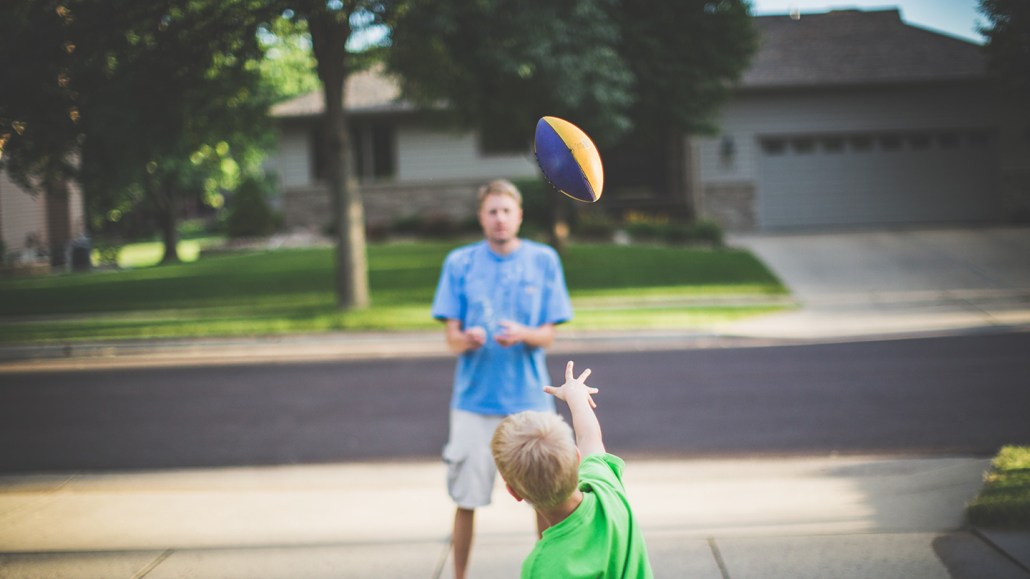
When a football flies through the air, it tends to visibly wobble at one of two frequencies. The wobble may cause the pass to veer left or right by as much as a few meters.
Annie Otzen/moment/Getty Images

When a football flies through the air, it tends to visibly wobble at one of two frequencies. The wobble may cause the pass to veer left or right by as much as a few meters.
Annie Otzen/moment/Getty Images